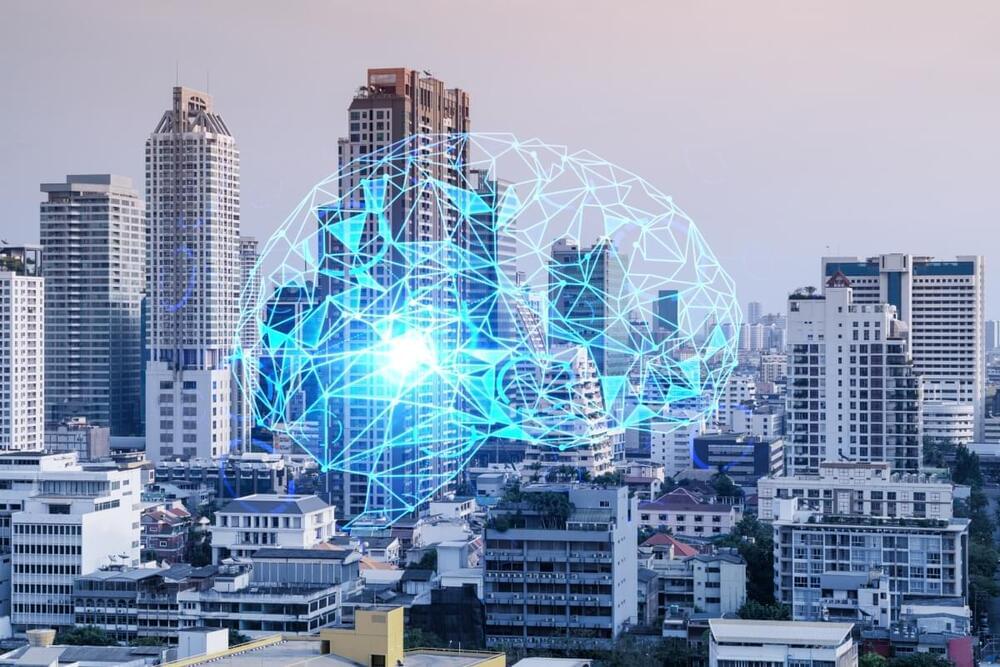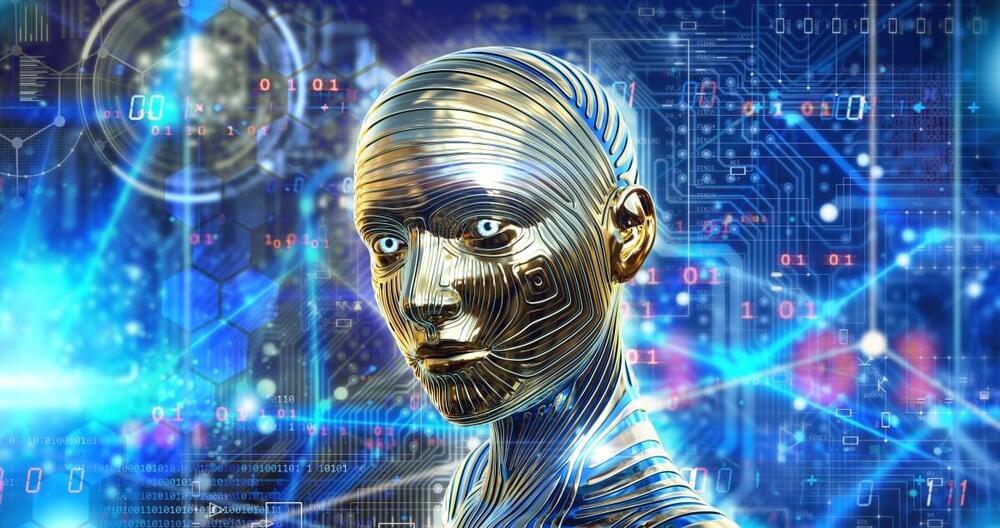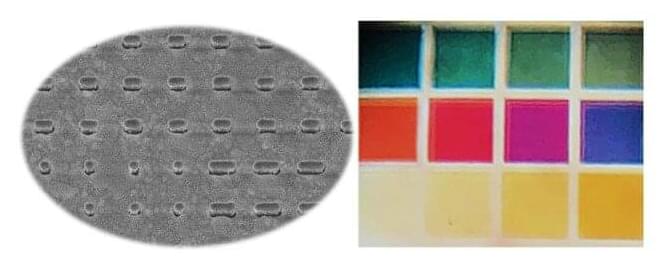Benchmarks from German AI startup Aleph Alpha show that the startup’s latest AI models can keep up with OpenAI’s GPT-3. A success that should not lull Europe into a false sense of security.
ChatGPT has catapulted artificial intelligence into the public discussion like no other product before it. Behind the chatbot is the U.S. company OpenAI, which made headlines with the large-scale language model GPT-3 and later with the text-to-picture model DALL-E 2. The impact of systems like ChatGPT or Midjourney on education and work, which can be felt today, was foreseeable even then.
The underlying language models are often referred to in research as foundation models: a large AI model that, due to its generalist training with large datasets, can later take on many tasks for which it was not explicitly trained.








